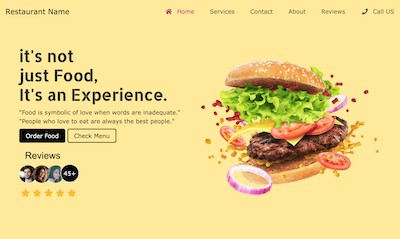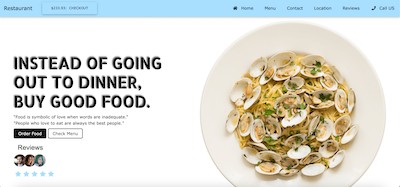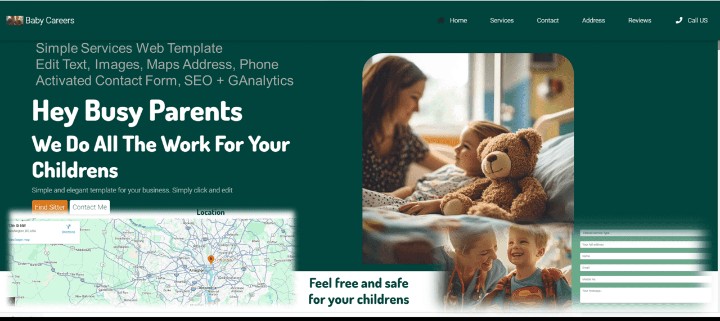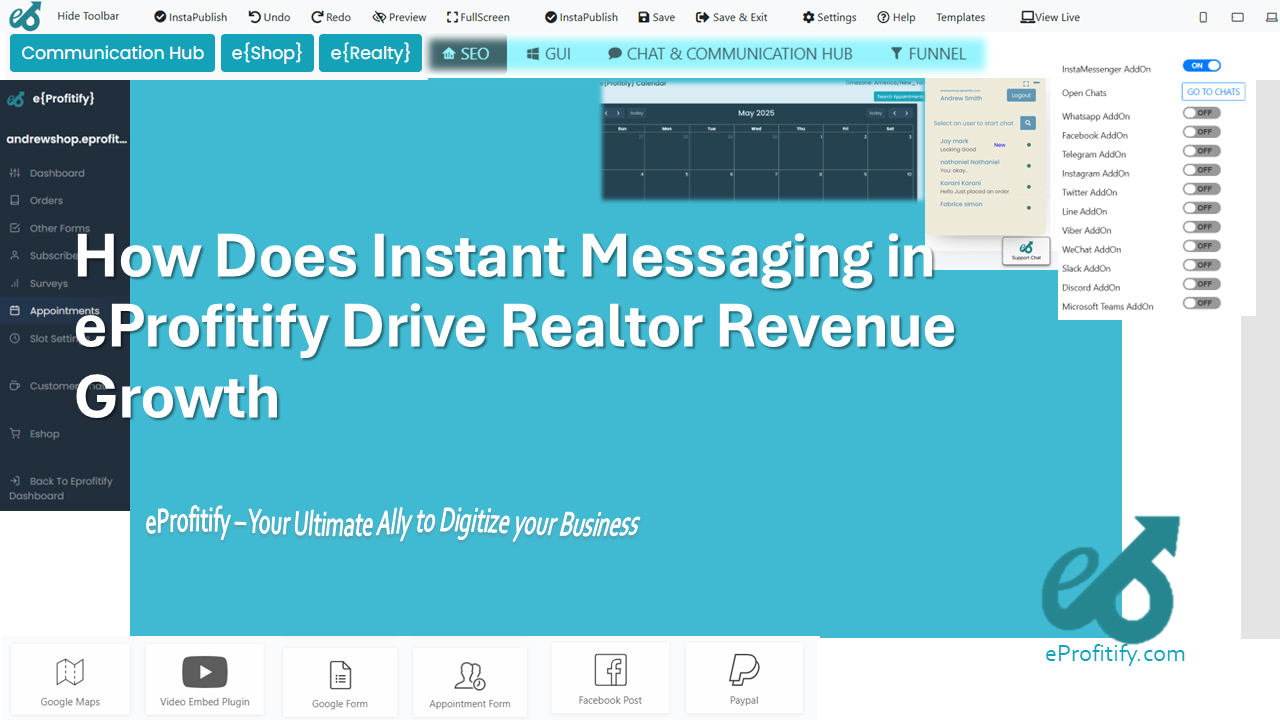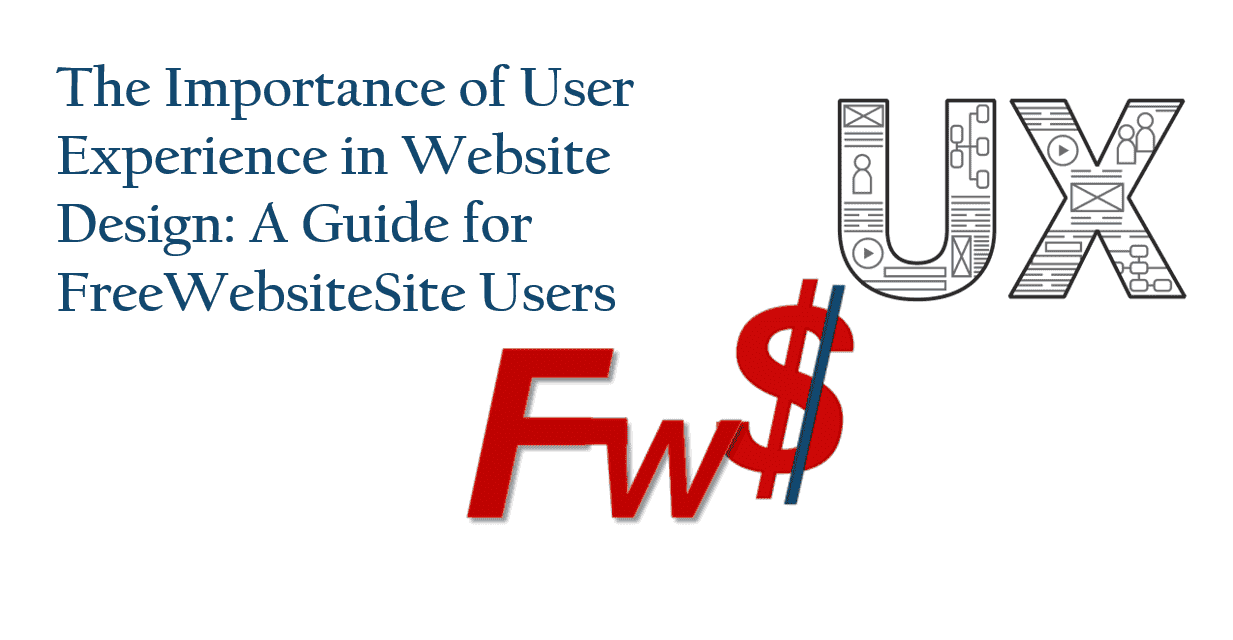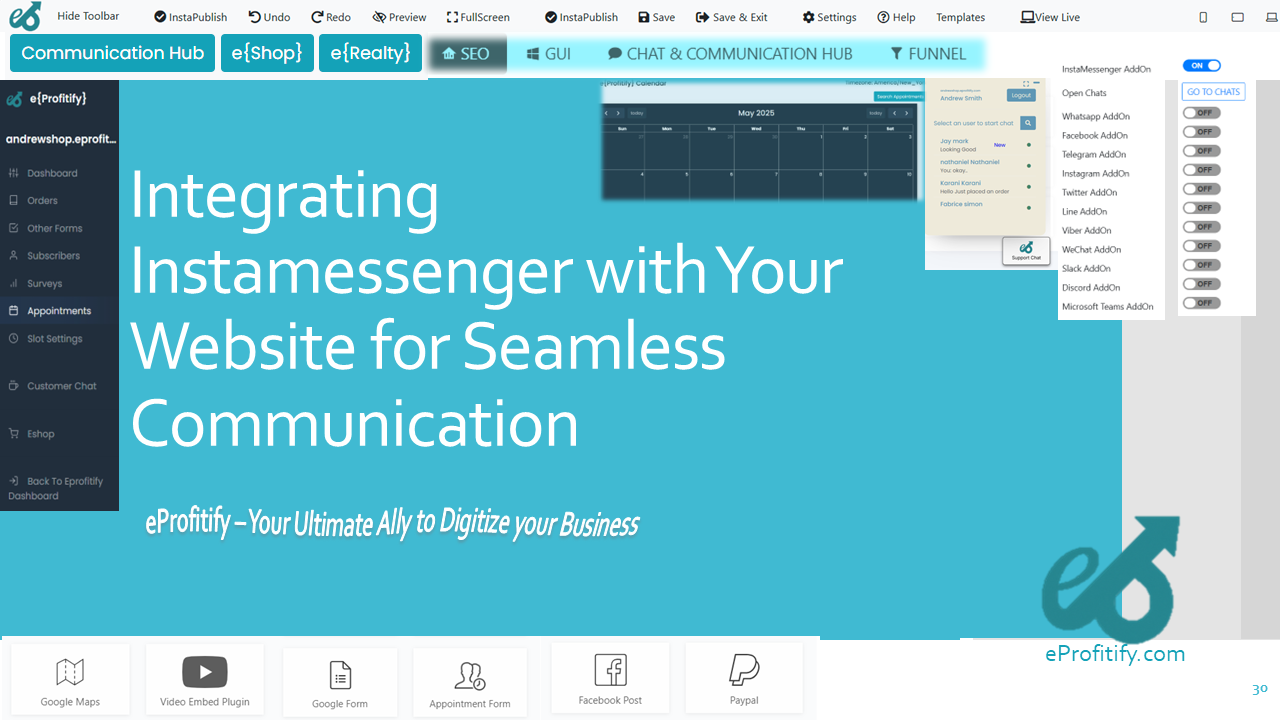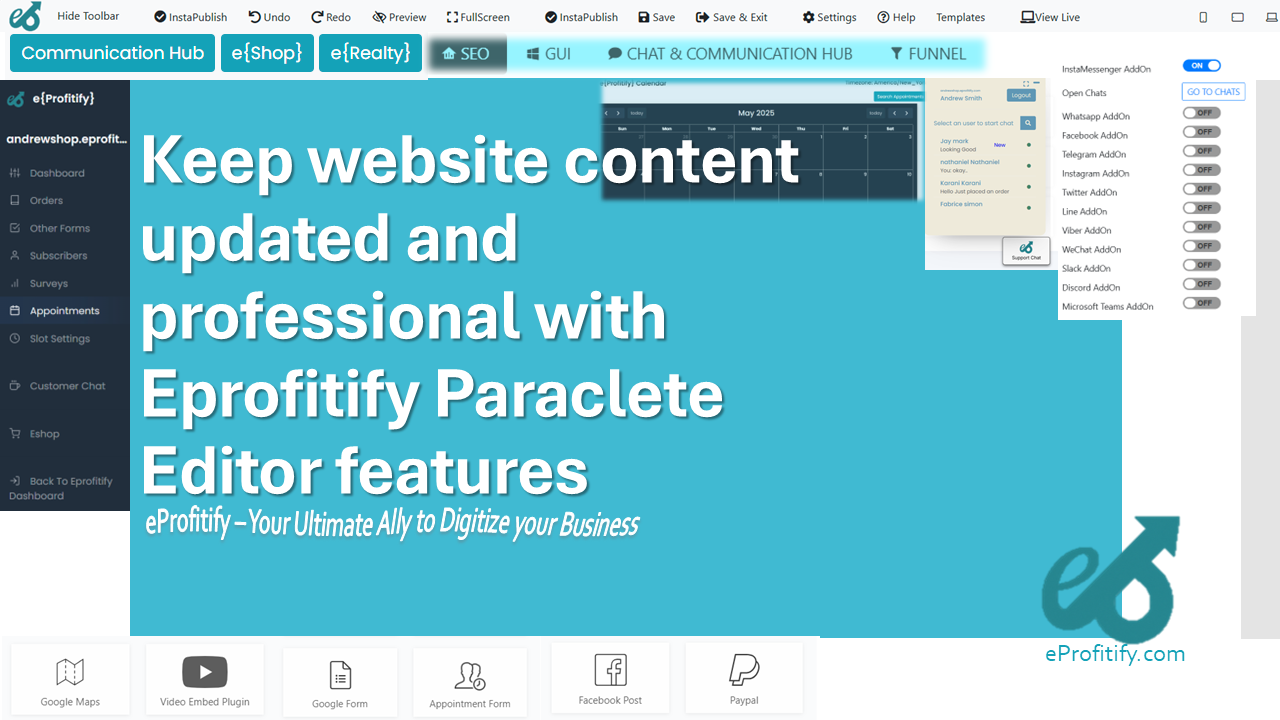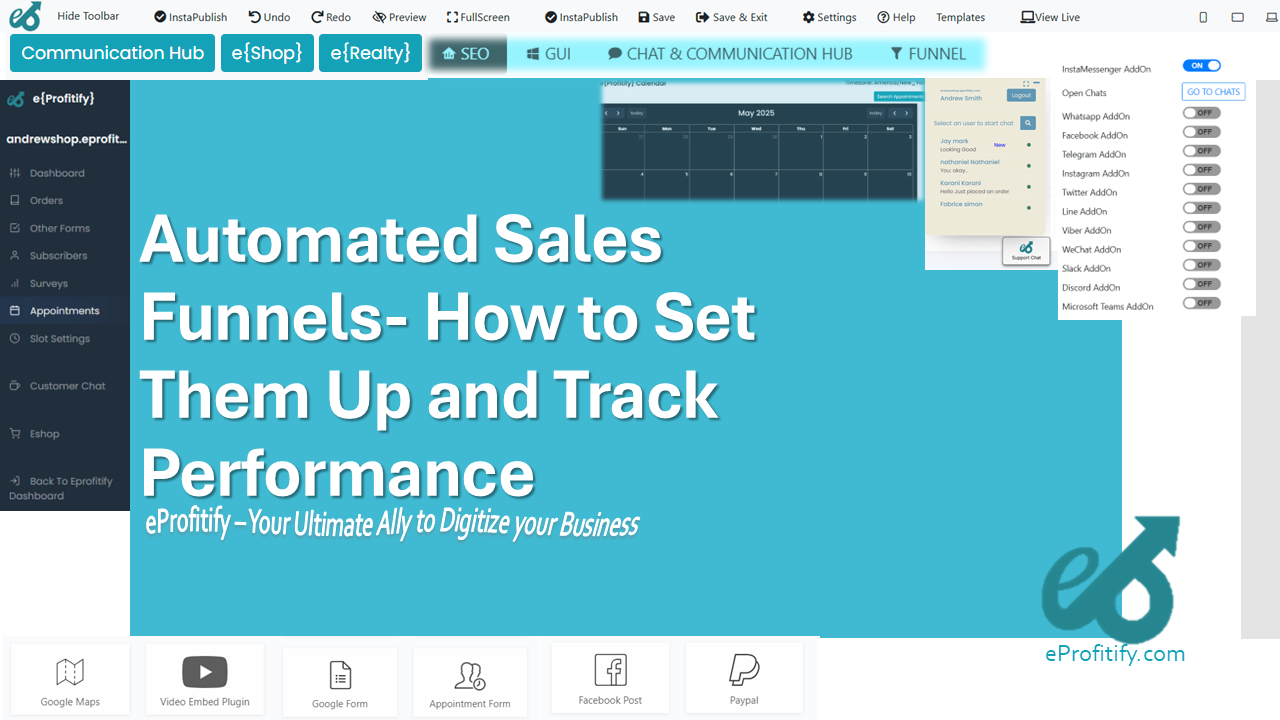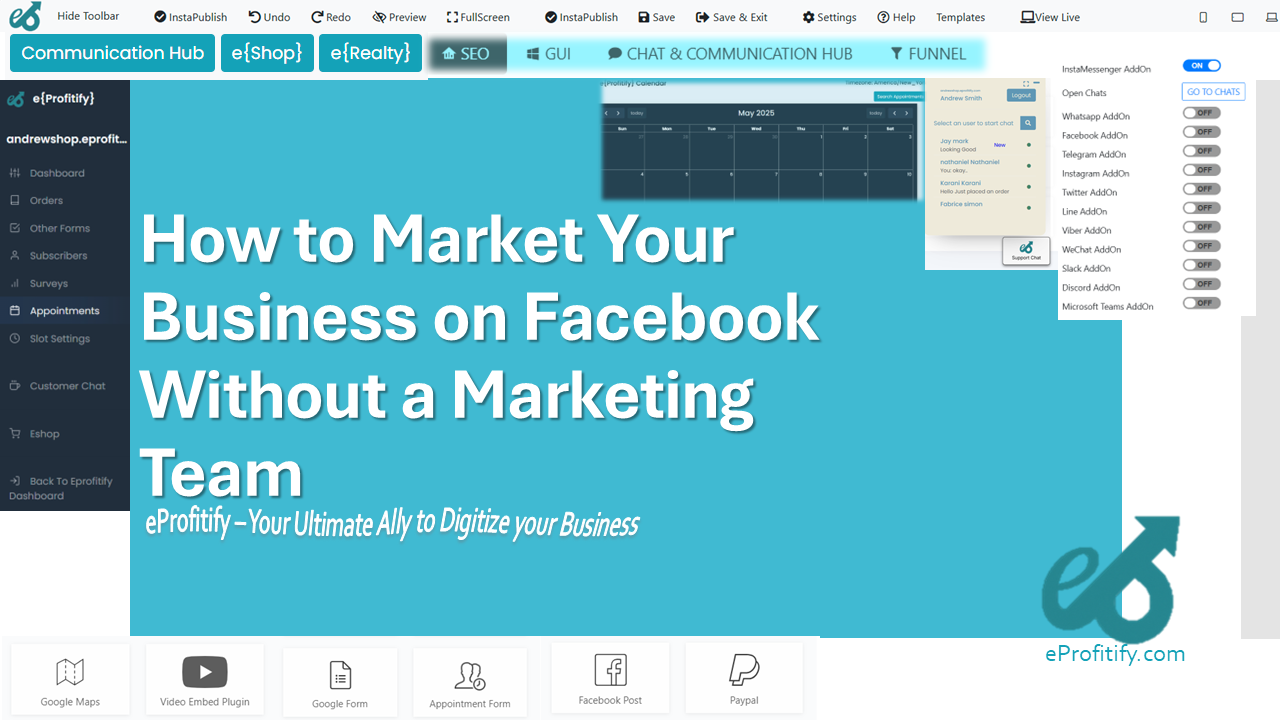Understanding and Improving Core Web Vitals LCP FID CLS
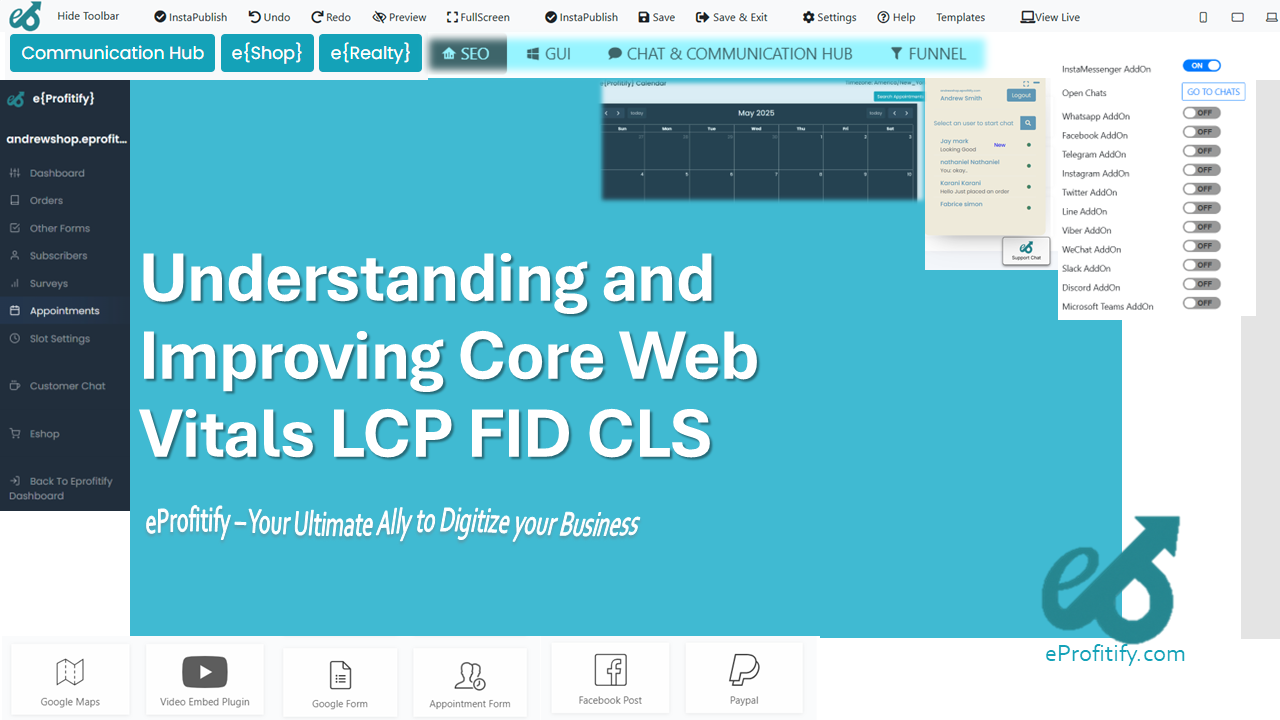
Schedule a LIVE Zoom call with an eProfitify Expert.
Understanding and Improving Core Web Vitals: LCP, FID, CLS
Core Web Vitals, introduced by Google in 2020, are critical metrics that measure user experience on websites. They include Largest Contentful Paint (LCP), First Input Delay (FID), and Cumulative Layout Shift (CLS). Optimizing these metrics is essential for improving site performance, enhancing user satisfaction, and boosting search engine rankings.
Largest Contentful Paint (LCP)
LCP measures how quickly the largest visible element (e.g., hero image, heading, or video) loads within the viewport. A good LCP score is 2.5 seconds or faster. According to Google, 85% of pages fail to meet this threshold on mobile devices. Slow LCP often results from server delays, unoptimized images, or render-blocking JavaScript.
Improving LCP:
- Optimize server response times by using CDNs, caching, or upgrading hosting infrastructure.
- Compress images (WebP format) and implement lazy loading.
- Minify CSS/JavaScript to reduce render-blocking resources.
First Input Delay (FID)
FID quantifies the time between a user’s first interaction (click, tap, etc.) and the browser’s response. A score of 100 milliseconds or less is ideal. Studies show that a 100ms delay reduces conversion rates by 7%, underlining its impact on user retention.
Improving FID:
- Break up long JavaScript tasks to avoid blocking the main thread.
- Defer non-critical scripts and use Web Workers for background processes.
- Adopt lightweight frameworks and reduce third-party script bloat.
Cumulative Layout Shift (CLS)
CLS measures visual stability by tracking unexpected layout shifts during page load. A score below 0.1 is optimal. Data reveals that 70% of mobile pages struggle with CLS due to dynamically injected content or absent image dimensions.
Improving CLS:
- Define size attributes for images, ads, and embeds.
- Reserve space for dynamic content (e.g., banners, pop-ups).
- Load components asynchronously to prevent sudden layout changes.
Statistics Highlighting Core Web Vitals’ Impact
- Websites with fast LCP see a 35% lower bounce rate.
- Pages with poor FID lose 10% of potential revenue due to user frustration.
- High CLS correlates with a 15% drop in session duration.
Eprofitify: Streamlining Performance and Functionality
While optimizing Core Web Vitals requires technical expertise, tools like Eprofitify simplify the process. As a leading website publishing and management platform, Eprofitify integrates performance optimization with business-critical features:
- Instant Messaging: Ensures real-time user engagement without degrading LCP via lightweight scripts.
- Appointment Management System: Minimizes FID by reducing server requests through efficient backend architecture.
- Ecommerce: Prioritizes image optimization and lazy loading for faster LCP, while maintaining visual stability (CLS) on product pages.
- CRM Integration: Processes user data asynchronously, preventing JavaScript-related delays.
Eprofitify’s all-in-one platform addresses Core Web Vitals by default, combining speed optimizations with tools for communication, sales, and analytics. For instance, its automated image compression adheres to LCP best practices, while the built-in CDN ensures sub-2-second global load times.
By unifying website management and performance, Eprofitify enables businesses to exceed Core Web Vitals benchmarks while scaling operations. Over 50,000 websites leverage its infrastructure to achieve an average LCP of 1.8 seconds, FID under 70ms, and CLS near 0.05—surpassing industry standards.
Conclusion
Core Web Vitals directly influence user retention, SEO rankings, and revenue. Prioritizing LCP, FID, and CLS ensures your site delivers seamless experiences. Platforms like Eprofitify exemplify how integrating performance-first strategies with tools for messaging, ecommerce, and CRM can drive both technical excellence and business growth. In an era where 53% of users abandon sites taking over 3 seconds to load, adopting such solutions is no longer optional—it’s imperative.
